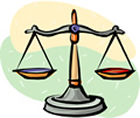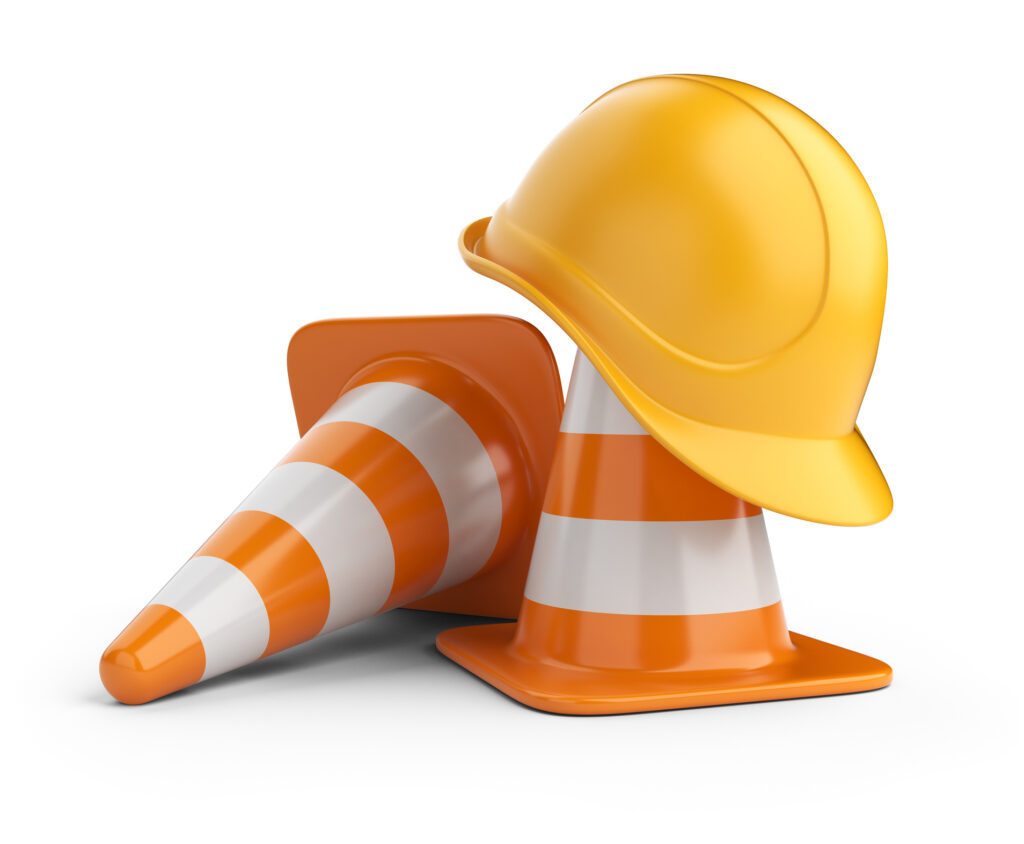
Grades 9-12

Don't have an account yet? Sign up for free
Don't have an account yet? Sign up for free


Even the savviest consumer has a problem with a good or service on occasion. It is a consumer’s right to complain when there is a genuine problem. In some situations, it is also a consumer’s responsibility. A problem can’t be fixed if no one knows it exists. In this series of three lessons, students learn how to effectively seek redress for a consumer problem. In the first lesson, they are given tips for seeking redress from a seller of a good or service via personal visits, telephone calls and letters. They write a letter in an effort to resolve a consumer problem they or someone they know has experienced. Lessons 2 and 3 focus on what to do when a consumer is unable to get a problem resolved with a seller. A variety of options are presented in both the public and private arena. Students must select sources of outside help that would be appropriate in hypothetical situations they are given.
|
https://econedlink.org/resources/satisfaction-please-part-1/ |
Part 3 |
In order to get the most out of this lesson you should consider doing the first two parts of this three-part series. Point out to the students that the solutions they considered for the used-car problem in Part 2 were limited to private remedies. In  the real world, there are also government organizations that might have been helpful. In this lesson, they will explore these additional sources of help.
the real world, there are also government organizations that might have been helpful. In this lesson, they will explore these additional sources of help.
You may also want to provide some specific examples of how government institutions might have helped with the used-car purchase in Part 2. For example, a local or state consumer-protection agency might intervene with the dealer on the buyer’s behalf. At a minimum, the agency would tell the car buyer about his or her legal rights. As a last resort, the consumer might file a case in small-claims court, asking for money to pay for the towing and repair of the car.
[NOTE: Not all local/state consumer protections agencies and small-claims courts have a presence on the Internet. This is an excellent time to distribute any print materials you are able to find on such entities where you live.]
Government links : The following Web links are provided to students as sources of additional information for government organizations that help consumers with market problems.
If a product poses a safety hazard, there are federal agencies responsible for the specific product.
There are dozens of other federal agencies that regulate consumer products and services. These three Web sites created by the Federal Government are suggested for further information:
Private links : The following Web links provide background and contact information for private organizations that help consumers with market problems. They were introduced to students in Part 2.
Other:
Have the students read through the articles above and summarize the consumer problems with government sources of assistance. Links are identical to those found in the student version. Categories of help include the following:
[NOTE: Some teachers prefer to print and distribute copies of worksheets versus having students print out their own copies.]
In Part 1 of this lesson series, students learned how to register a complaint via a personal visit, telephone call and letter. When communication with the seller does not yield satisfaction, outside help may be required. In Part 2, the students are provided an introduction to private organizations that may be able to assist them including Better Business Bureaus, Media programs, trade/professional groups and consumer organizations. In this lesson, Part 3, the students are told there are some sellers who have no intention of delivering what they promise–they misrepresent what they are selling or otherwise try to trick consumers out of their money. Laws and regulations exist that specify how sellers must treat consumers. When a business fails to follow these rules, a government agency may get involved. The students are provided an introduction to government agencies that may be able to assist them.
Federal Agencies
Federal laws require consumers to be treated honestly. There are also federal laws that require businesses to give consumers information on the content, care and use of products. When these laws are broken, federal agencies are rarely able to act on behalf of individual consumers, but consumer complaints are used to document the illegal actions. If there are many complaints, a federal agency may force the company to change its practices. In some situations, there is additional action–for example, a court case initiated by the agency, a financial penalty or even (in the case of a criminal conviction) sending the seller to prison.
If you suspect you have a product that poses a safety hazard, you will want to report the problem to the federal agency responsible for the specific product.

There are dozens of other federal agencies that regulate consumer products and services. If you haven’t found what you are looking for above, try these three Web sites created by the Federal Government to assist you.
Consumers with problems are not charged directly for the help they receive. Of course, we all pay for this help through taxes.
State and Local Government Organizations
State and local governments also have legal guidelines on how businesses can treat consumers. While the laws vary from place to place, many states have consumer laws concerning:
State and local government agencies are more likely than federal agencies to take action on behalf of individual consumers. Some state and local agencies have the authority to take legal action forcing a seller to stop certain practices, to reimburse consumers, to pay penalties or even to send violators to jail. In other cases, agencies may be limited to trying to convince a seller to voluntarily resolve a problem. At a minimum, these agencies usually provide information on your legal rights and steps you might take to get redress. As with the federal government, the costs of these services are covered through taxes.
State and Local Consumer Protection Offices: These government agencies mediate complaints, conduct investigations and prosecute offenders of consumer laws. Some of these offices will follow up on an individual complaint, while others look into cases only when many people file the same complaint.
Use this online directoryor look for city, county and state government agencies in your local phone book. If the business you are complaining about is located in another state, try to contact that state’s consumer office or ask your own state office to help you contact the right office in the other state.
Legal Action
After you have tried every other option in the complaint process without success, your last resort is to file a legal suit.

A judge or jury decides what consumers are owed, if anything. Again, the court does not collect this amount. A winning consumer may have to take additional legal steps if the loser refuses to pay.
After completion of the assessment activity, ask a few students to share their ideas with the class. Discuss:

You can print out this completed Consumer Help Worksheet and distribute copies to the students, or you can have them fill out this blank: Consumer Help Worksheet.
If technology allows, call one or two sources of help via a speaker phone in your classroom. Ask what the organization might do in the given situation and the likelihood of resolution. An alternative approach is for you or one of your students to make the call prior to the class and report what is said.
Point out that, unfortunately, some complaints are never resolved. The only good thing that comes out of these situations is that they can teach us about being more careful when making future purchases.
Have the students do the following:
You may also want to invite persons from various private and government organizations that help consumers to visit your class to explain what they can and can’t do to help consumers solve a problem. Encourage the visitors to share any literature and advice they have concerning the avoidance of problems.
|
Part 3
|
 Have the students work in teams of two or three to identify three organizations – at least one private and at least one government – that would be appropriate to contact in the hypothetical situation presented. Have the students print out the Organization Flow Chart to fill in their responses to the questions below. Responses for the situation that may be appropriate depend on where you live:
Have the students work in teams of two or three to identify three organizations – at least one private and at least one government – that would be appropriate to contact in the hypothetical situation presented. Have the students print out the Organization Flow Chart to fill in their responses to the questions below. Responses for the situation that may be appropriate depend on where you live:
Possible organizations may come from the resources listed below.
Assessment can be kept very simple, with students given credit if they select an appropriate organization and answer all the questions concerning the organization.
Perhaps you might award one point for an appropriate organization and an additional point for correct answers to each of the associated questions—a total of 15 points or a multiple of 15.

Grades 9-12

Grades 9-12

Grades 9-12

Grades 9-12
